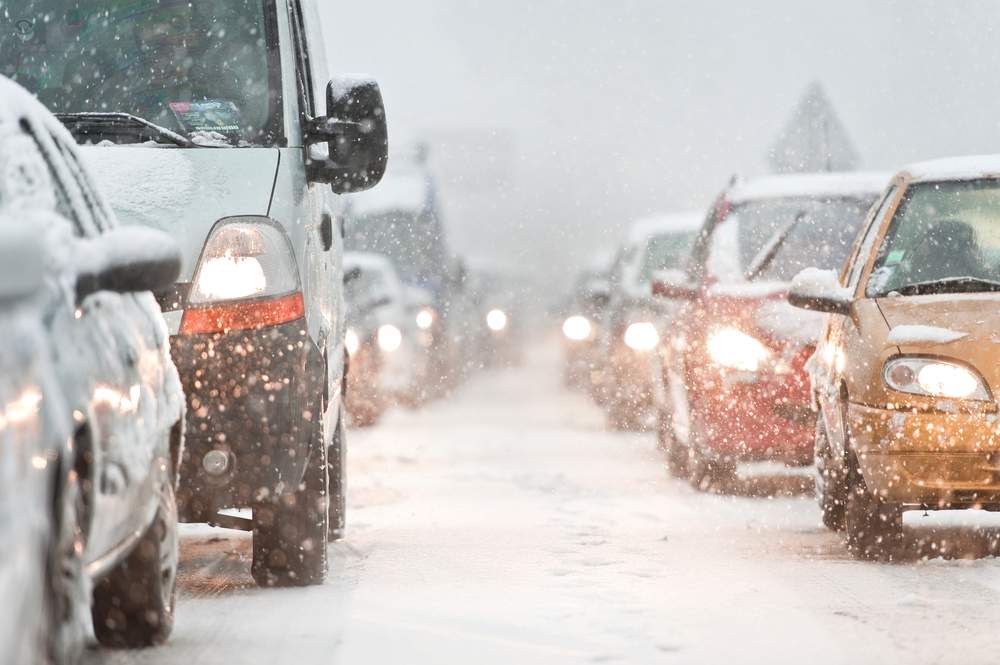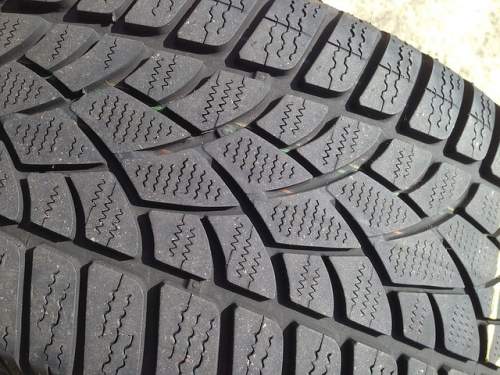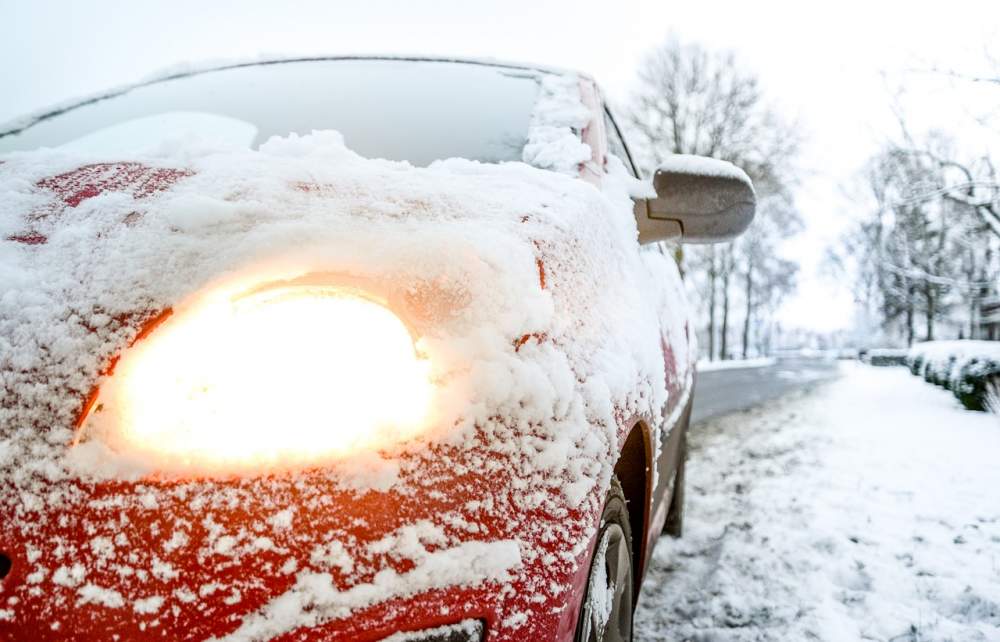Winter Driving Tips – How to Stay Safe This Winter
Driving in the UK in winter can be very hazardous. We have all types of weather conditions to deal with from snow, ice, fog, rain to bright sunshine. One thing that remains consistent is that it is cold and conditions can rapidly change.
There are a few things you can do to ensure your trip, whether long or short, is as safe as possible.
Be Prepared
It is essential to ensure your car is road safe before tackling any journey on our winter roads. Here are our winter driving tips to help you keep safe during the chilly months!

Time
Firstly allow yourself extra time, both for the journey and for setting off. You should make sure that your car windows are fully defrosted before driving. Don’t try to drive with a letterbox view out of your windscreen. Also, ensure that you clear any snow off the roof of your car as this can slide down the windscreen while you are driving and impair your vision.
Remember that poor driving conditions mean you should drive more cautiously, slower than normal, to ensure that you don’t skid out of control on hazards such as black ice. So leave home in plenty of time to arrive at your destination safely.
Tyres

Do not be tempted to over inflate your tyres, as this does nothing to improve your handling on the roads. Instead be sure to have them pumped at the recommended pressure according to your vehicle manual. Check tyre pressure weekly to ensure they maintain the correct pressure.
It is also important to ensure that you have tyres that have plenty of tread left on them. The AA recommend at least 3mm, this will ensure you have better grip to the road. Make sure your tyres are in good condition with no bulges or cracks to avoid any blowouts or mishaps along the way.
Winter tyres or all-season tyres are made from a special rubber that gives better grip in the cold and wet conditions.
Snow chains should only be used if there is a lot of snow on the road. Otherwise, they damage the road surface.
Antifreeze
In winter time you need a 50/50 mix of antifreeze and water in your car, which will protect your engine down to -34°C. These days most cars use long-life antifreeze, but some types need to be changed after two years, so check you are using the right kind. Antifreeze will only cost you a few pounds, but a cracked engine due to it freezing will cost you hundreds to repair.
Problems that may occur if your engine does not have enough antifreeze and tips to handle them:
• You may hear a continual squealing noise when you start up. This could indicate that the water pump has frozen, it will be the fan belt slipping on the pulley. Stop the engine and wait for it to thaw out. This could take a long time, days, unless you can move the car into a heated garage.
• Should your car overheat just a few miles from home, it is likely that the radiator has frozen. Stop immediately, or you could cause some serious damage.
Windscreens
Not only should you ensure you clear your windscreen fully with a scraper and deicer before setting off, but you need to ensure your windscreen is clean and clear on the inside. The quickest way to de-mist a windscreen is to use your air-conditioning as the cool air will have the window clear in no time and help keep it clear of condensation.
Also, make sure that your washer bottle is kept topped up with a mix of screen wash and water as this will help to prevent the liquid from freezing and enable you to have a clear windscreen as you travel.
Windscreen wipers should be checked for any nicks or bumps. It is important to keep them in good condition to ensure that they are effective at cleaning the glass. Replace damaged ones.
Visibility
Ensure all lights are working properly and that the lenses are clear of any snow or grime. This is important for all lights, front and rear.
Numberplates should also be kept clean and clear as it is an offence to have one that is too dirty to read and you could be fined.
Emergency Winter Kit
Before setting off on any journey, there are a few items that you would be well advised to have in the boot of your car at all times during the winter:
• Warm blanket and clothing. Just in case you happen to get stuck, having warm clothing, including hats, scarves and gloves, to pop on will help keep you from getting cold. A nice blanket to wrap up in for extra warmth is advisable too.
• Snacks and Drinks. Again, if you find yourself stranded, you may have to wait a while to be rescued. Having some bottles of water and a few snacks in reserve will be advantageous, especially if you have children in the car.
• Torch and High Vis Jacket. If you break down in the dark or fog, these items could mean the difference between being seen and not.
• First Aid Kit. This way should you receive any minor injuries; you can deal with them yourself before help arrives.
• Scraper and De-icer. These are essential items to have in the car; you must make sure that you clear all windows, lights and mirrors before setting off on a journey.
• Shovel and snow socks. Not everyone will have these, but they can be very useful. If you have a folding shovel, then you can clear away any thick snow that is in your way. Snow socks that you can slip onto your tyres will help with grip should you get stuck. Snow chains are also useful in heavy snow.
Driving in Snow and Ice
Remember that stopping distances are ten times longer in the snow and icy conditions, so take it slowly, perform gentle manoeuvres and keep a safe distance from the vehicle in front at all times.
Black ice is a real hazard when temperatures are nearing zero, so slow down, drive smoothly and try to avoid any sudden turns, braking or acceleration.
Wear comfortable, dry shoes for driving to give you the best control of the pedals. It is also a good idea to keep a pair of sunglasses in the car as snowy conditions, and low sun can cause dazzling conditions.
If you pull away in second gear while gently easing your foot off the clutch, you will avoid wheel spin.
When driving uphill, you may want to wait until it is clear to avoid having to stop midway. Try to keep a constant speed and avoid changing gear uphill.
Driving downhill it is advisable to use a low gear and try to avoid breaking while leaving as much room as possible between you and the car in front.
Breaks should be applied gently, try to avoid slamming them on as this will only cause you to skid. Should you find your brakes locking, release the brake pedal to regain control.
Some automatic cars have a winter mode or recommend selecting ‘2’ in slippery conditions. Check your handbook for details.
Should you find yourself stuck in the snow, straighten the steering and clear the snow from the wheels. You can lay a sack or old rug in front of the driving wheels to give the tyres a better grip.

When to Use Lights
Dipped headlights should be used in foggy, rainy and snowy conditions whenever the light levels have dropped.
Many cars these days will have an automatic switch that will turn lights on when it gets dark, but they can’t always detect fog, rain and snow conditions. So it is a good idea to override the automatic system and manually control your lights.
Fog-lights should only be used when visibility has dropped below 100metres. It is fine to use them when driving in dense fog, but remember to switch them off when it thins out as they can dazzle other road users.
Top Winter Driving Tips
Keep fuel levels to at least a quarter of a tank at all times just in case you have any unexpected delays or diversions.
Use a cigarette lighter to warm your key if the lock is frozen.
Plan your route. Try to stick to major roads where possible as these are more likely to have been gritted and cleared than smaller back roads.
Get breakdown cover and keep the details in your glovebox or somewhere close to hand. This will ensure you don’t get stuck in the middle of nowhere.
Fully charge your mobile phone before setting off, you may need it if you need to call a breakdown service or emergency services.
Car batteries rarely last more than five years and winter time puts extra demands on them. Turn off any electrics such as light, heaters, heated windows and wipers before starting your engine. Use the starter in five-second bursts, if the engine doesn’t start quickly then wait 30 seconds before trying again. If your car is standing for days at a time unused, then a regular trickle overnight charge may help.
